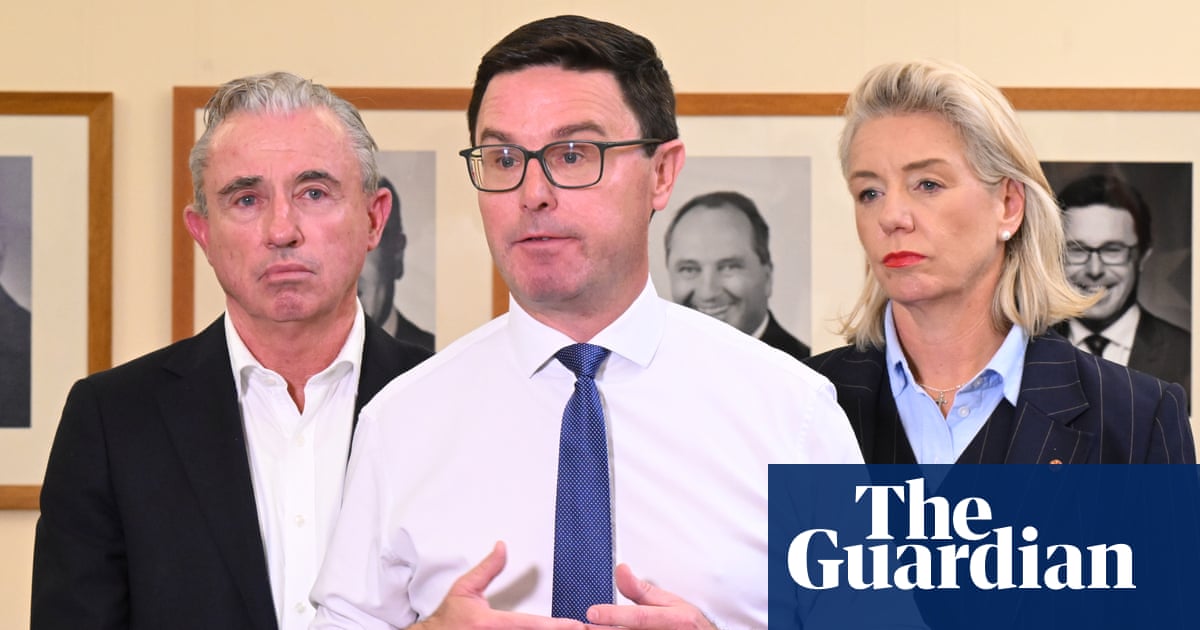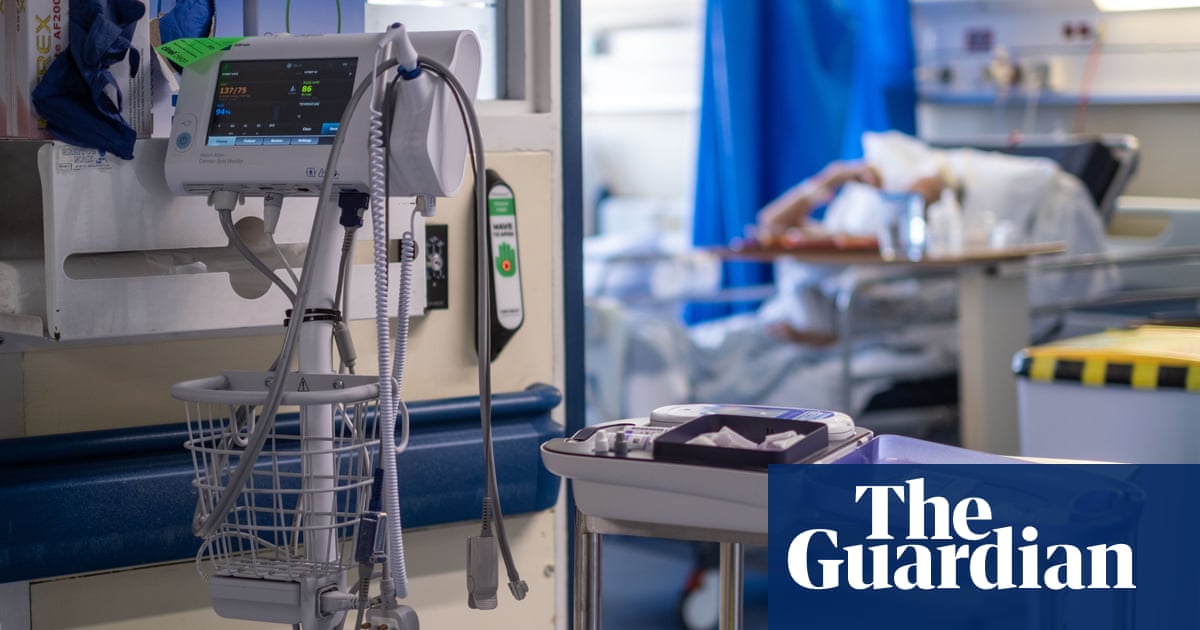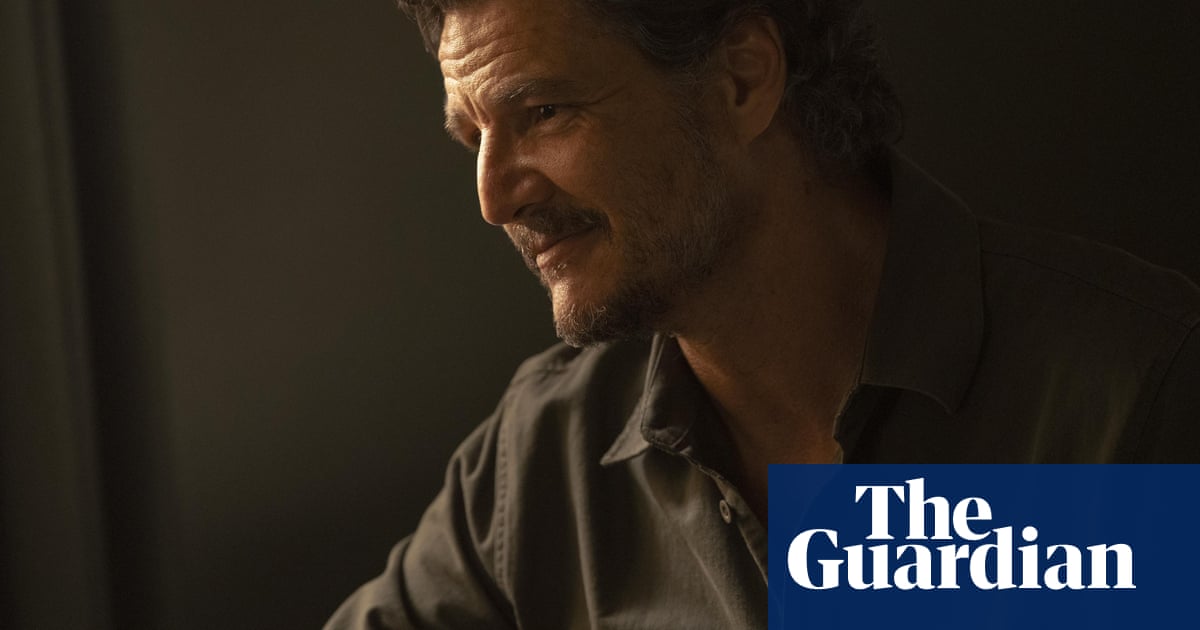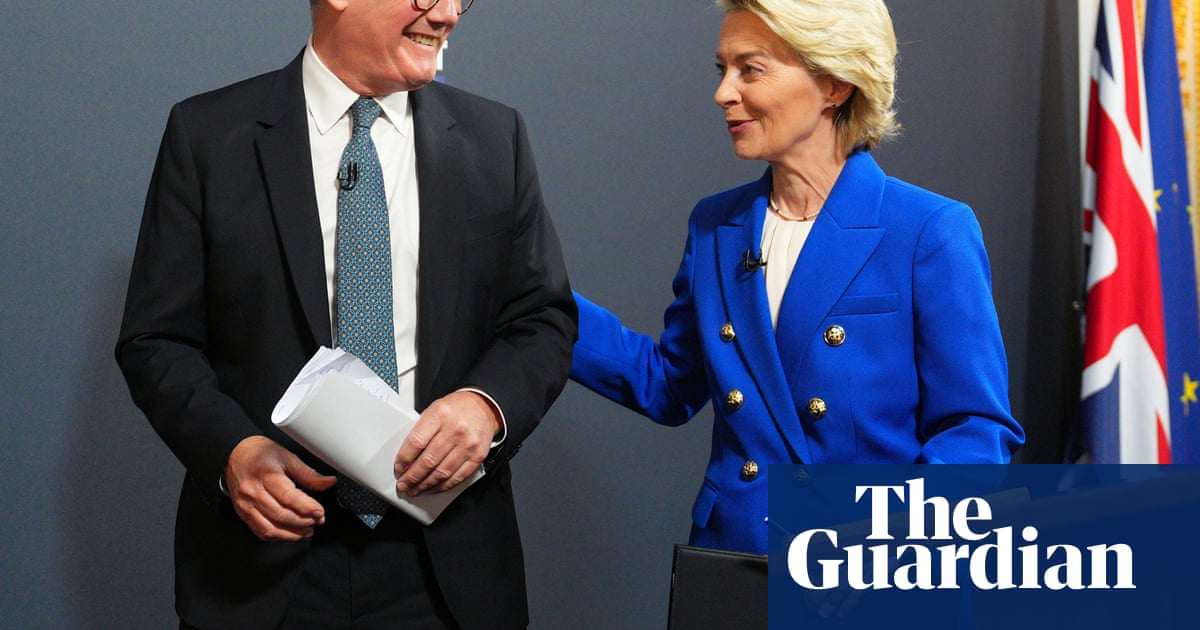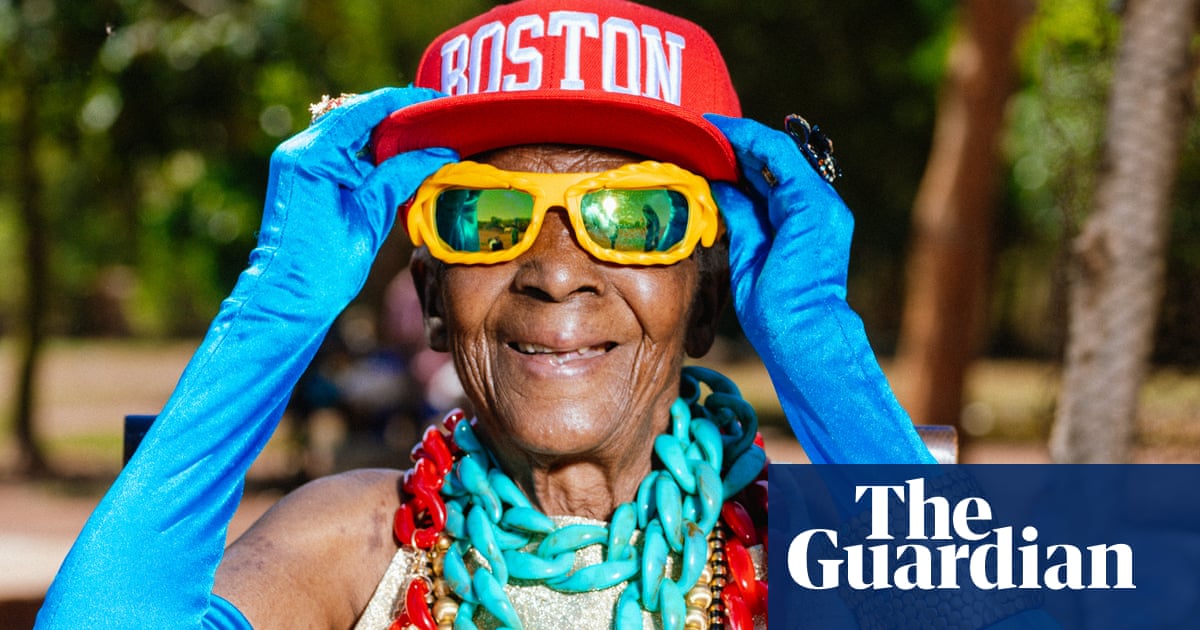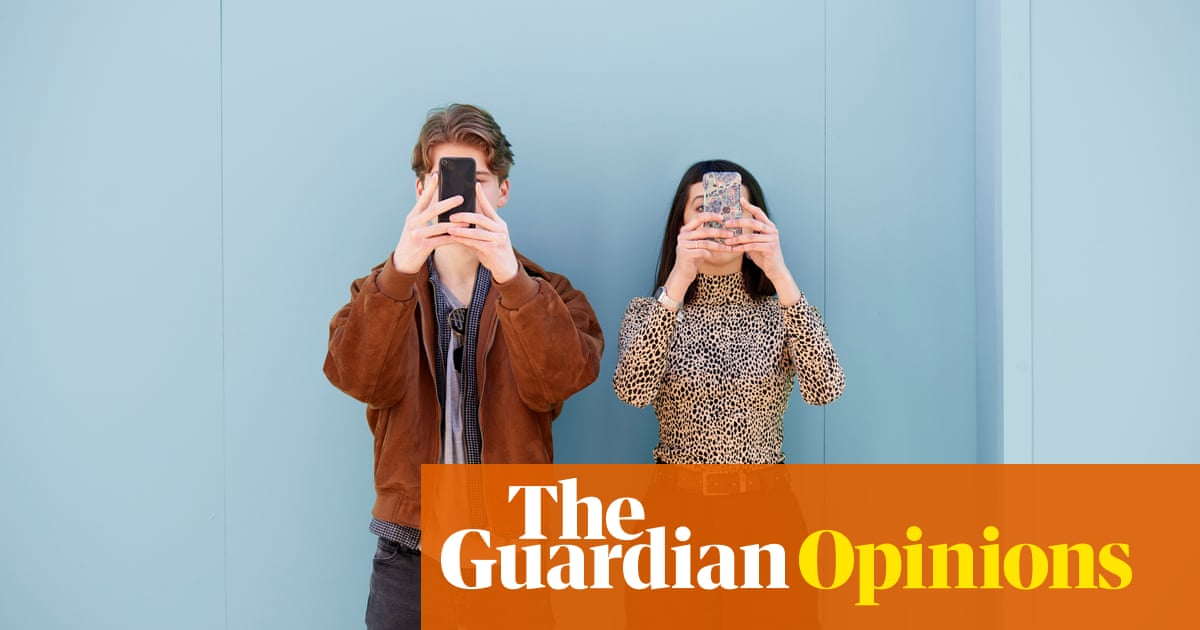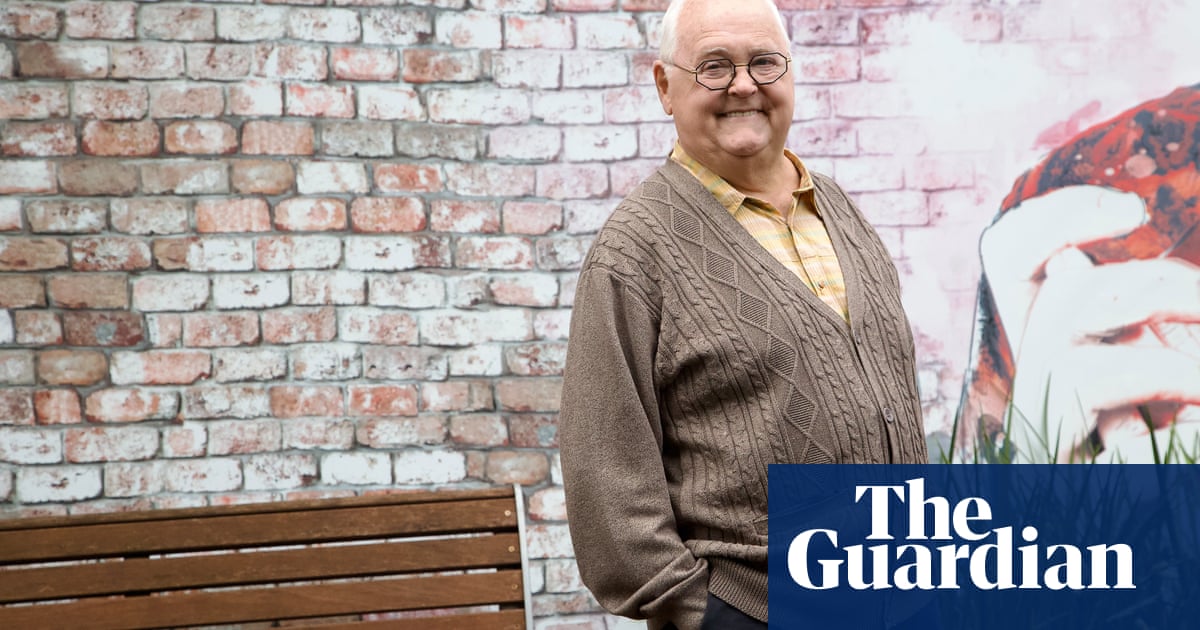In July 2022, Morgan-Rose Hart, an aspiring vet with a passion for wildlife, died after she was found unresponsive at a mental health unit in Essex. She had just turned 18. Diagnosed with autism and attention deficit hyperactivity disorder (ADHD), Hart’s mental health had been badly affected by bullying, which had forced her to move school several times. She had previously tried to take her own life and was transferred to the unit, in Harlow, three weeks before her death.
Hart, from Chelmsford in Essex, died on 12 July 2022 after being found unresponsive on the bathroom floor. A prevention of future deaths report issued after her inquest found that critical checks were missed, observation records were falsified and risk assessments were not completed.
An investigation by the Observer and the newsletter Democracy for Sale has established her death was one of four involving a hi-tech patient monitoring system called Oxevision which has been rolled out in nearly half of mental health trusts across England.
Oxevision’s system can measure a patient’s pulse rate and breathing without the need for a person to enter the room, or disturb a patient at night, as well as momentarily relaying CCTV footage when required. The hi-tech system can detect a patient’s breathing rate even when they are covered by a duvet.
Spun out from Oxford University’s Institute of Biomedical Engineering in 2012, Oxehealth, the company behind Oxevision, has agreements with 25 NHS mental health trusts, according to its latest accounts, which reported revenues of about £4.7m in the year to 31 December 2023.
But it is claimed in some cases staff rely too heavily on the infra-red camera system to monitor vulnerable patients, instead of making physical checks.
There are also concerns that the system – which can glow red from the corner of the room – may worsen the distress of patients in a mental health crisis who may have heightened sensitivity to surveillance or control.
Sophina, who has experience of being monitored by Oxevision while a patient and asked for her full name not to be used, said: “I think it was something about the camera and it always being on, and it’s right above your bed.
“It’s the first thing you see when you open your eyes, the last thing when you go to sleep. I was just in a constant state of hypervigilance. I was completely traumatised. I still felt too scared to sleep properly.”
Advocates claim the technology can improve safety, but there are calls this weekend for the rollout of Oxevision to be halted, with mounting concerns over patient safety, privacy rights and conflicts of interest in the research to support its use. The campaign group Stop Oxevision said the surveillance technology could cause distress and had often been installed in patients’ bedrooms without proper consent.
In a prevention of future deaths report issued in December 2023 after Hart’s inquest, the coroner noted that an Oxevision alert was triggered if a person was in the bathroom for more than three minutes, with staff then “required to complete an in-person check”. Instead, the “Oxevision red alert was reset” by staff and Hart was unobserved for 50 minutes before she was “discovered unresponsive on the bathroom floor”.
The coroner noted the concern that “some staff may have been using Oxevision not just as an adjunct to face-to-face observations, but instead of them”. The conclusion of the jury inquest was death by misadventure, contributed to by neglect.
Two days before Hart’s death, Michael Nolan, 63, a warehouse operator at risk of self-harm, died as a mental health patient at Basildon hospital. The inquest was told that the staff used Oxevision as a substitute for physical observations and that there had been a failure to conduct effective observations. The narrative verdict by a jury included the finding that training on the Oxevision system was inadequate.
The following month, Sophie Alderman, 27, who had a history of self-harm, died while a patient at Rochford hospital, under the care of Essex Partnership University NHS foundation trust. Her family say the Oxevision system caused her distress and harmed her mental health. In the months before her death, she complained about a camera in her room which she believed the government had hacked into.
Tammy Smith, Alderman’s mother, told the Observer: “I don’t believe Oxevision is effective in keeping patients safe. It’s a huge invasion of patients’ privacy.
“Staff either aren’t properly trained about it or it’s not appropriately used. People have died whilst Oxevision has been in use and questions have been raised about its use. That should be enough to pause a rollout and really consider whether this technology is keeping patients safe.”
The Care Quality Commission has also raised concerns. In an inspection report of the Central and North West London NHS foundation trust published in February last year, it stated: “There had been a sad death in a safety room at [St Charles hospital in west London] where staff had not sufficiently engaged and monitored the patient and had relied on [Oxevision] which at the time was switched off. ”
The trust said this weekend the “tragic death” in March 2023 had led to the dismissal of three individuals, and that the use of technology had never been designed to replace the responsibilities and care from staff.
The Lampard inquiry, which is examining deaths of mental health inpatients under the care of NHS trusts in Essex between January 2000 and December 2023, is being urged to examine Oxevision.

Bindmans, the legal firm representing the families of Alderman and another patient, has told Baroness Lampard of concerns around consent, “sustained surveillance” and the safety and efficacy of the system. It said there was a concern that staff might delegate responsibility for monitoring a patient to the “digital eye”.
A review by the National Institute for Health and Care Research, published in November and commissioned by NHS England, looked at nine studies on Oxevision, along with other research, and found “insufficient evidence” to suggest that surveillance technologies in inpatient mental health units were achieving their intended outcomes, “such as improving safety and reducing costs”.
Just one of these papers was rated “high-quality” for its methodology and reported no conflicts of interest. All other eight studies reported conflicts of interests, all connected to Oxehealth. In some cases, Oxehealth employees were co-authors of the papers.
Alan Simpson, a professor of mental health nursing who was co-author of the review, said: “There isn’t independent research being conducted. There’s nearly always the involvement of the company who are making and marketing these devices.”
Campaigners at Stop Oxevision said they were concerned about the threat the technology poses to patient “safety, privacy and dignity”.
Lionel Tarassenko, a professor of electrical engineering at Oxford University and founder of Oxehealth, said Oxevision only intermittently relayed CCTV footage of patients. This is for a maximum of 15 seconds, and when clinical staff respond to an alert they only see blurred video.
Lord Tarassenko said the papers reviewed by the National Institute team showed the benefits of Oxevision, including a reduction in self-harm, improved sleep for patients and enhanced safety. He added they were written by independent clinicians who maintained editorial control, and in some cases Oxehealth co-authors were included to reflect their contribution.
He said: “There is no evidence that the appropriate use of the Oxevision technology is a contributory factor to the death of any inpatients. Patient experience of Oxevision has been very positive.”
The company said in a statement that the Oxevision platform was in accordance with NHS England principles on digital technologies in mental health inpatient treatment and care, which were published last month and state that any decision to use the technology “must be based on consent”.
The company said: “Oxevision can support clinical teams to improve patient safety, reducing incidents such as falls and self-harm, and allow staff to respond more effectively to clinical risks.” It said it welcomed dialogue on the responsible and ethical deployment of the technology.
Paul Scott, chief executive of Essex Partnership University NHS foundation trust (EPUT), which had been responsible for the care of Hart, Nolan and Alderman, said any patient death was devastating and his sympathies were with those who had lost a loved one. He said: “We are continually focused on providing the best care, and use remote monitoring technology to enhance safety and complement therapeutic care and observations carried out by our staff.”
An NHS England spokesperson said: “Any vision-based monitoring technology must support a human-based rights approach to care and only be used in line within legal requirements and ensuring patient and family consent is in place. NHS England has also instructed mental health trusts to review their use of all visual monitoring systems to ensure it is humane and compassionate.”
A Department of Health and Social Care spokesperson said: “These technologies should only be used in line with legal requirements, with robust staff training and the appropriate consent. We are transforming the care that people facing a mental health crisis receive through modernising the Mental Health Act. This will put dignity and respect at the heart of care.”

.png) 1 month ago
30
1 month ago
30
